Written by Gabriel Serrano Denis and Ricardo Serrano Denis
Since the dawn of film as an art form, filmmakers have crafted visions of the future, near and far, to comment upon the precarious state of the present. One of the earliest film classics even turned to science fiction for its indictment of current class struggles and the rapid mechanization of the world. Fritz Lang’s Metropolis (1927) offered the framework for genre film to do that which melodrama could not: tap into fears and anxieties to craft nightmares with a political bite.
As such, horror and science fiction remain sharp and useful tools to cut into the skin and bones of a country’s decaying corpse. And there is none so ripe as the United States of America. Each decade in modern US history has offered up its own parade of civil rights violations, war, and political violence to inspire sci-fi/horror tales where repression and injustice are pushed to extremes with the aim to frighten, of course, but also to warn.
These dystopian nightmares would not have reason to exist were it not for the normalized horrors taking place right outside our windows. Horror and sci-fi are but cracked mirrors with which to show the potential for things to get worse, often predicting the realities of the future. The films on this list are bleak, chaotic, and angry manifestations of the state of the US at different points in history. We’ve learned some lessons, but it’s scary how real these nightmares still feel.
THX 1138 (1971)
Before he drafted the space opera blueprint with Star Wars, George Lucas raged against a machine closer to home. In a dystopian future where humans are stripped of free will and sexual desire through medication, THX 1138 (Robert Duvall) works assembling androids under dangerous conditions. His roommate, LUH 3417 (Maggie McOmie), stops taking the state-mandated drugs while secretly substituting his drugs as well. They quickly develop feelings for each other, setting off a chain of events in which they are both apprehended by the state. When THX is separated from LUH, he does everything he can to escape and find her.
Bolstered by innovative sound design by editor Walter Murch and featuring some of the most iconic dystopian imagery in sci-fi history (endless all-white rooms, bald-headed homogenous masses of people, robot police with long batons), THX 1138 is an experimental social statement as much as it is pulse-pounding science fiction. Disturbing in its stark depiction of authoritarianism, this is Lucas at his angriest, delivering a pointed critique of the commodification of society and the destruction of the self.
A Scanner Darkly (2006)
The never-ending “War On Drugs” has been relegated to the shadows over time, but in the early-to-mid 2000s, it was a constantly televised threat to all drug users. A Scanner Darkly is a reaction to the hardline policies enacted by the George W. Bush administration and the overall shape paranoia took post-9/11 in the US. Based on the cult 1977 novel by Philip K. Dick, writer/director Richard Linklater adapts the story of a crackdown on the hallucinatory drug Substance D and the group of drug addicts who are being closely watched with the purpose of finding their supplier. Amongst them is Bob Arctor (Keanu Reeves), an undercover agent whose own addiction to Substance D is causing a rift in his perception of reality.
The world of A Scanner Darkly is one of constant surveillance, extreme paranoia, and social alienation. Making allusion to the controversial Patriot Act of the Bush administration, the film’s characters are always being tracked, with phone calls tapped into and recorded and a sense of constant surveillance felt throughout. No one is safe. The titular “scanners”, the lifeless cameras intruding in the private lives of civilians, are rendered as an existential threat to anyone who falls into addiction. Animated with a trippy rotoscope technique, the film always feels slightly off, as if reality is never solidly defined, a feeling many drug users can identify with. Winona Ryder, Woody Harrelson, Robert Downey Jr., and Rory Cochrane round out this tragic tale of the American government waging war against its own people.
Southland Tales (2006)
2006 was a turbulent time for the United States. Three years into the War in Iraq, and five years into Afghanistan, concern was beginning to seep into the masses about the purpose of the wars and the massive casualties both were producing. In comes Donnie Darko director Richard Kelly to tap into the current zeitgeist and craft an epic to encapsulate the general discontent at the heart of American society with Southland Tales. Set in a future (at the time) 2008, the United States is embroiled in World War III after two nuclear bombs hit Texas in 2005. The Patriot Act has given birth to a new department called US-IDENT which freely surveils civilians, the Republican party controls the government, and a controversial alternative to fossil fuel called “Fluid Karma” is gaining traction.
This is the backdrop to the main narrative thread. Amnesiac actor Boxer Santaros (Dwayne “The Rock” Johnson) has written a script with Krysta Now (Sarah Michelle Gellar) that foretells the end of the world. In comes Roland Taverner (Sean William Scott), a man that’s dealing with his own case of amnesia and who is working with revolutionary Neo-Marxists to frame Boxer for murder.
Ambitious is a small word for Southland Tales. It’s almost impossible to talk about it without writing a 10-page essay, but what is clear even from such a protracted summary is how full of rage it is against ultra conservative values and meaningless war. Narrated by wounded Iraq War veteran Pilot Abilene (Justin Timberlake), his omnipresent voice sets the tone for a torn society where streets are “defended” by soldiers on turrets and militant revolutionaries are on the verge of declaring war on the government. Kelly leans into the absurdity of American politics in and outside the US, mixing it up with mind-bending sci-fi a la Philip K. Dick coupled with the baroque humor of Terry Gilliam. It is not an easy film to follow, but those willing to open their minds to this slice of socially-minded, dystopian, post-modernist sci-fi will find a strong rallying cry against an absurd America that has normalized the crippling of civil rights and destructive foreign intervention.
The Crazies (1973/2010)
Political and socially-minded horror would be nothing without George A. Romero’s contributions to the genre, and with The Crazies (also called Code Name: Trixie) he further delved into the American psyche at a time when it was devastatingly wounded by the horrors of the Vietnam War and political repression at home. As a small town in Pennsylvania begins to experience random acts of violence from regular townsfolk, the US military quickly swoops in to contain the situation. It turns out that an Army plane carrying a bioweapon has crashed near the town and infected the water supply with a highly contagious virus that turns people into violent maniacs. When a small group of friends and neighbors realize that the Army is ready to do anything to contain the virus, even if it means killing those who refuse to comply, they fight back and resist, exposing themselves to both armed soldiers and the “crazies” at large.
Romero’s film is a biting indictment of the violence being committed against protesters in the US who were decrying the violence America was unleashing overseas. Creating a situation in which soldiers would be forced to engage US citizens in the same way as they would an enemy in a foreign country, Romero posits that the state cares not about its people if it means covering up their own mess.
In 2010, The Crazies was remade with director Breck Eisner at the helm and screenwriters Scott Kosar and Ray Wright. The effort updated the contextual dynamics and moved the horror to rural Iowa. This time we follow the town sheriff (Timothy Olyphant) and his wife (Radha Mitchell) as they navigate the town now overrun by violent townsfolk and a trigger-happy military presence. While Romero’s version alternates between the survivors’ story and the on-the-ground military leader attempting to contain the situation without casualties (failing, of course), the 2010 version is solely focused on the survivors and their journey towards escape from violence on all sides. This makes for a more brutal but no less political experience.
This version of The Crazies establishes the perfect vision of small-town America, the kind that conservative governments say they represent, and then tears it down. Apocalyptic vistas of burnt downtown streets and salt-of-the-earth folks loading up and killing their neighbors strikes a sharp chord even now. Add to that Bush-era paranoia and the general distrust amongst Americans prevalent in 2010 and one can appreciate just how prescient and relevant Romero’s original treatment remains.
Punishment Park (1971)
This movie should be on every single list that counts down the scariest films ever made. Punishment Park is a nightmare captured on celluloid, a pseudo-documentary that taps into the risks of being an anti-war activist during the Vietnam War era so well that it can pass as a real piece of documentary filmmaking. Directed by Peter Watkins, the movie imagines an America that gives convicted Counterculture activists the choice to either go to federal prison or to Punishment Park, a 3-day trek through a hot California desert where those who reach a predetermined goal are given their freedom, if they survive the armed mob of National Guardsmen hunting them down that is. The decision is offered after an emergency tribunal composed of conservative members of the community reaches their verdict (which is always ‘guilty’).
Punishment Park is one of the most aggressive takedowns of the Nixon administration and its efforts to silence critics of the government. It essentially warns audiences of the imminent death of democracy if the government is allowed to reshape laws under the guise of national security. That the result of this is a violent hunting game that punishes Americans who were exercising their freedom of speech is downright chilling.
It’s such a raw experience that it comes off as totally plausible. The movie cuts between the group of dissenters who chose to brave Punishment Park and the individual trials against Civil Rights leaders, conscientious objectors, Communists, and Feminists that will be given the aforementioned choice. The trials are unbearably tense and infuriating given the tribunal’s clear bias against the accused. It’s a brutal experience, but one that couldn’t have been portrayed any other way.
Rollerball (1975)
Norman Jewison’s Rollerball, a movie about the politics behind a blood sport in a dystopian future, has perhaps the most horrifying sentence ever uttered in an American film: “And now stand for the corporate anthem.” It’s a sentence with deep worldbuilding implications. It points to a future where corporations have replaced nations, where corporate interests override social needs. This is what Rollerball is concerned with, a full changing of the guard where the private sector steps in and reshapes everything to its liking.
The movie follows one Jonathan E. (James Caan), the leader and star of the Houston Rollerball team. The game he’s come to be the face of blends roller derby with gladiator battles, only instead of horses we get motorcycles. Faceless corporate leaders think Jonathan has become too big for his own good, too inspiring in a world where people should only be thinking about how to keep the corporations happy. He’s told he needs to retire. Jonathan doesn’t think he’s ready for that yet.
Rollerball bears down on the audience with the full force of the oppression Jonathan and his teammates are faced with on a daily basis. Corporates can take other people’s wives for themselves, destroy nature at will, and push society in any direction it wants. When the movie was released, the hippie movement was on its way out. Materialism was making a strong comeback, doubling down on the ownership of goods as sign of success in America. Jonathan E. stood as a statement against material conformity, against the values private institutions promoted as if they were products you could buy in a supermarket. Individual worth and skepticism are key points of discussion the movie put forth, and they warrant further exploration as the world Rollerball imagines is only a few steps away from becoming reality.
They Live (1988)
Ronald Reagan’s America was fertile ground for satire and criticism, and no other movie understood this better than John Carpenter’s They Live. This classic requires little introduction. A man stumbles upon a set of special glasses that lets him see aliens are living among us, passing as human. The aliens turn out to be members of the ruling class, and they want humans to submit to pure consumerism.
Reagan’s administration marked a strong shift in commercialization, in all its forms. Critics of the time noted how popular culture quickly became a means to sell stuff, a series of commercials for different lifestyles and the things you needed to acquire to embody them. Everything had an action figure or an appliance, or at least a shirt. Carpenter took this idea, based on the short story “Eight O’Clock in the Morning” by Ray Nelson, and turned it into an indictment of mass media and its obsession with getting people to spend their hard-earned cash. Everyone should watch They Live at least once in their life.












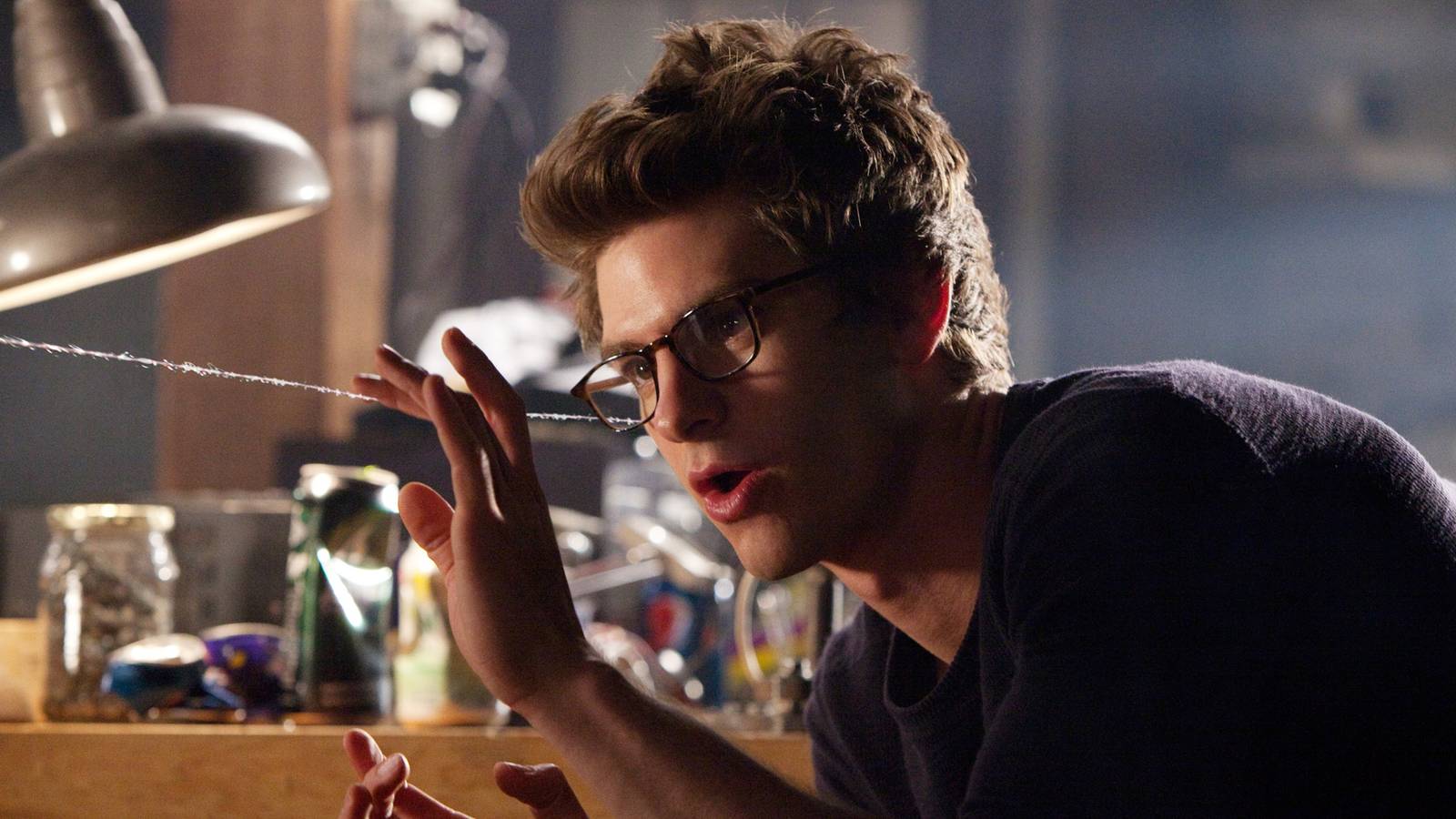

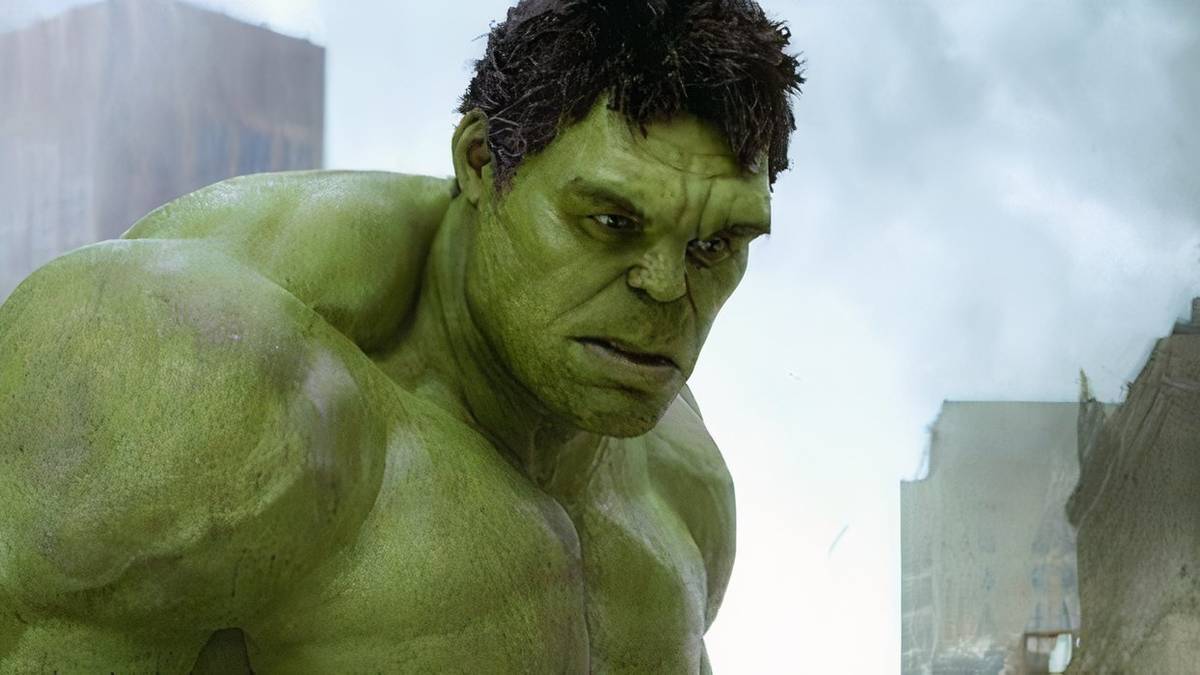

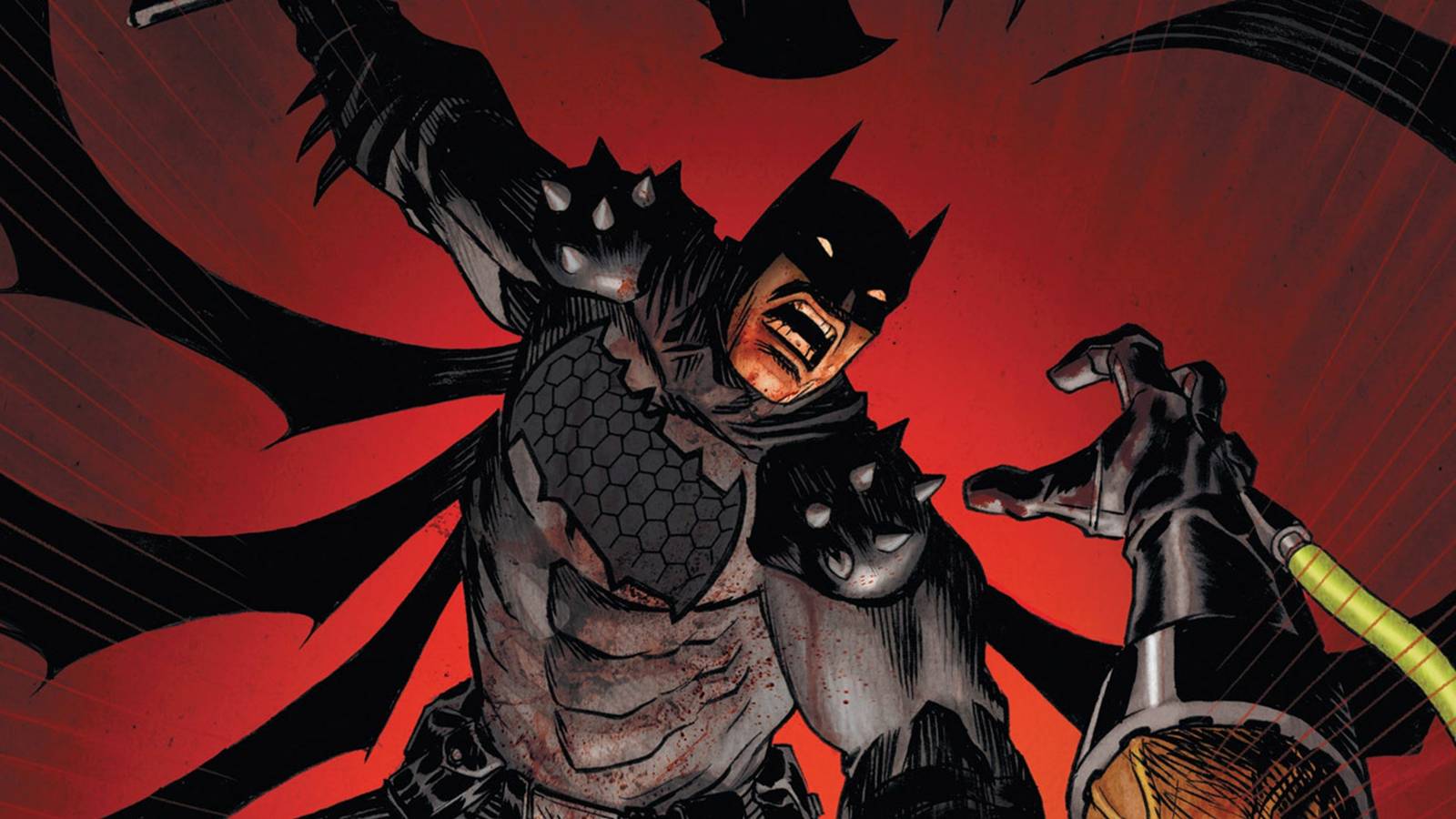
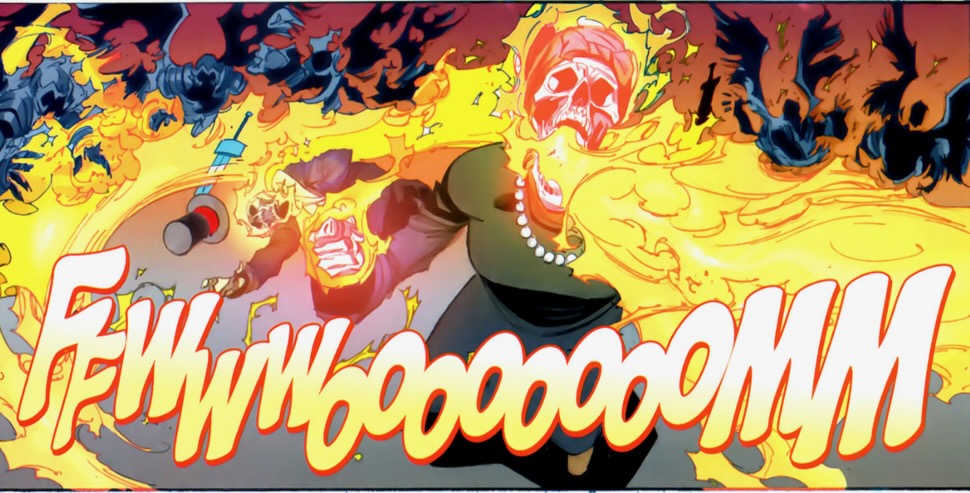
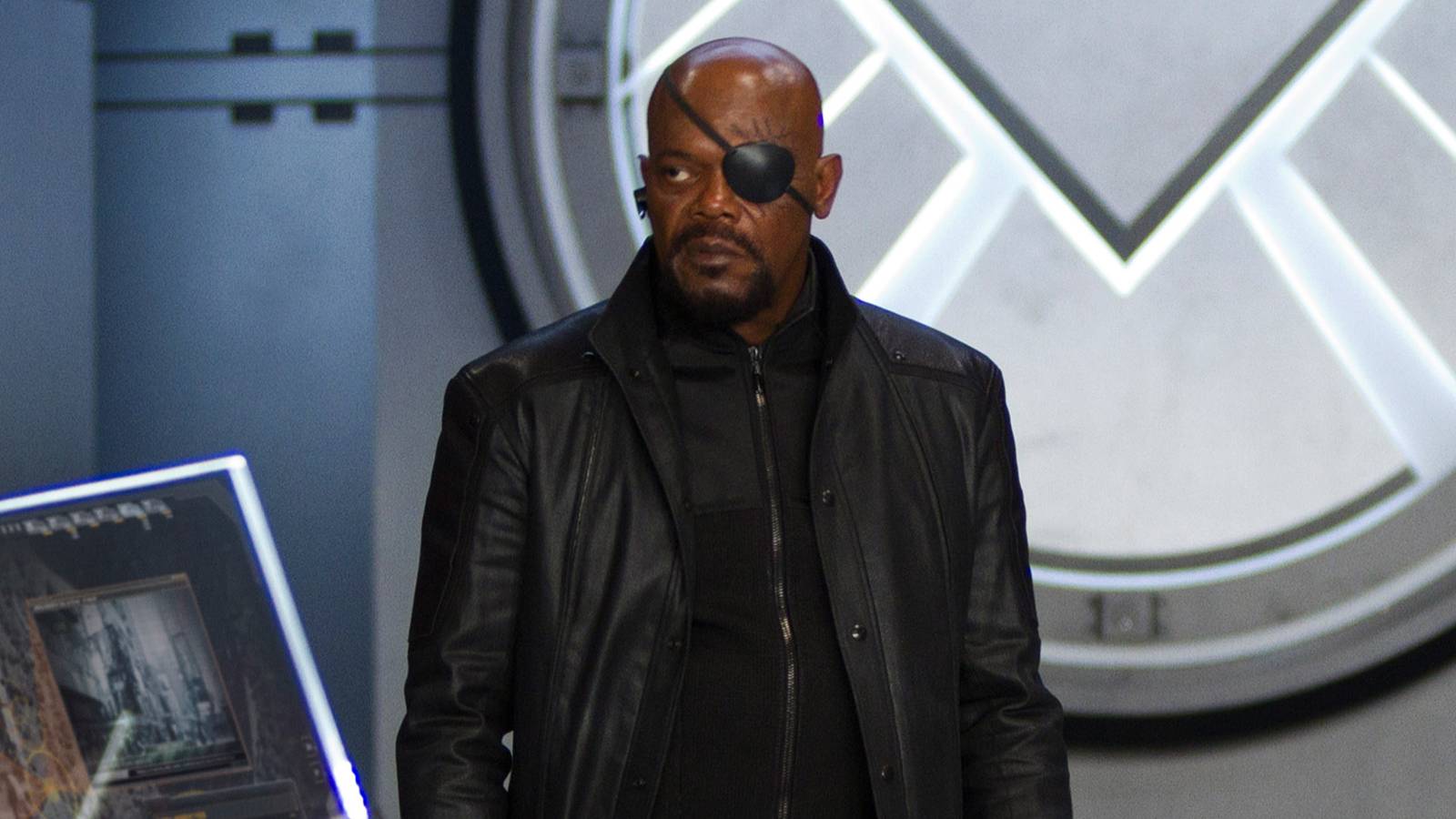
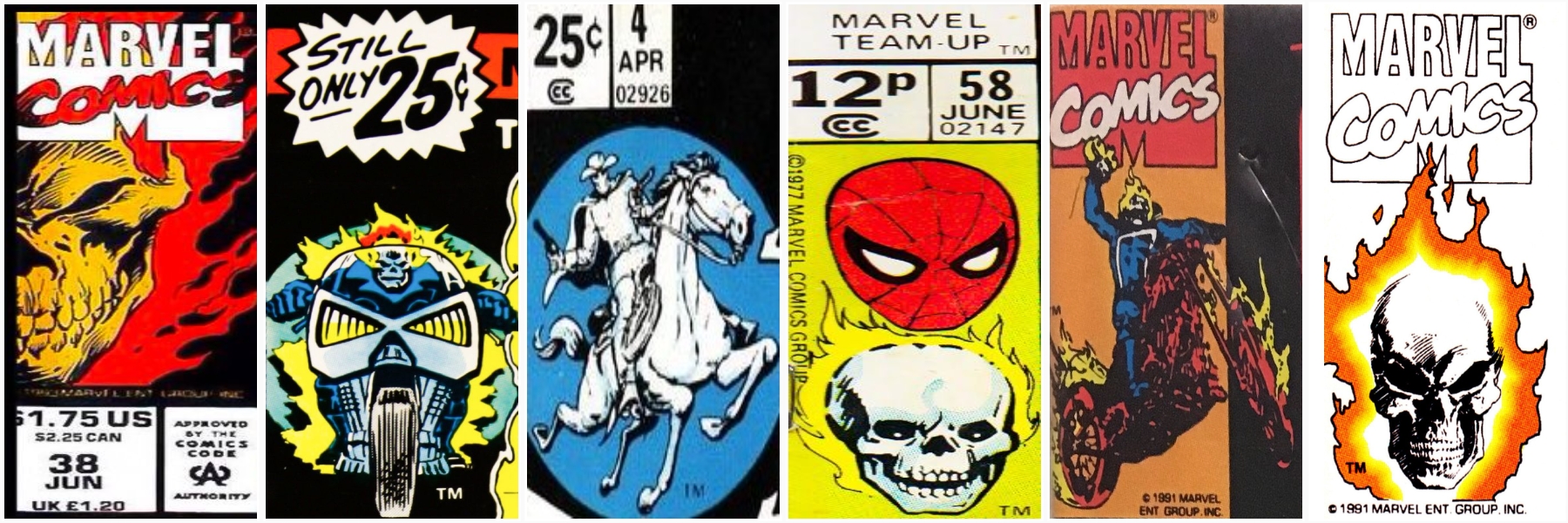


![Ghost of Yōtei First Impressions [Spoiler Free]](https://attackongeek.com/wp-content/uploads/2025/11/Ghost-of-Yotei.jpg)


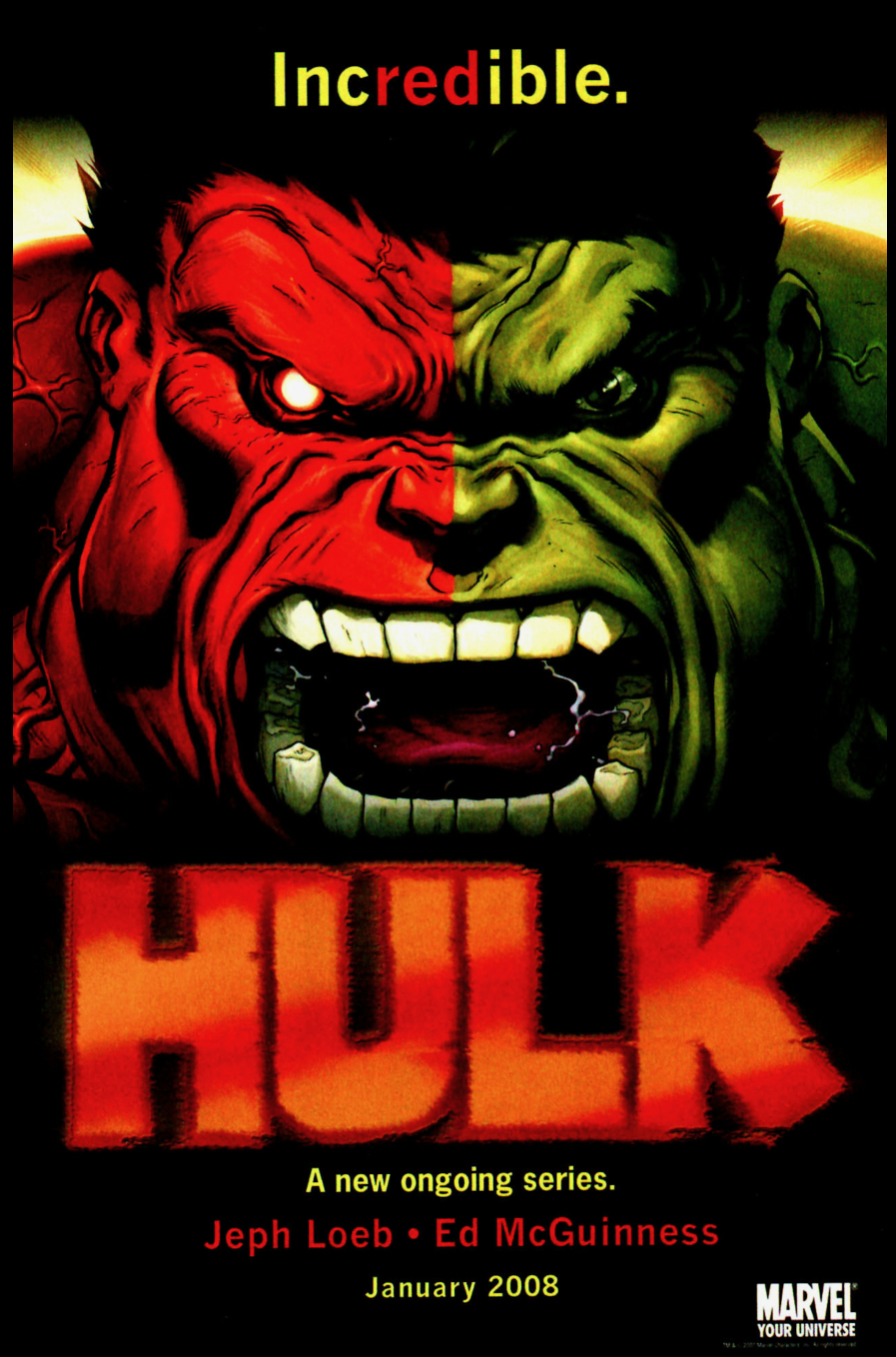

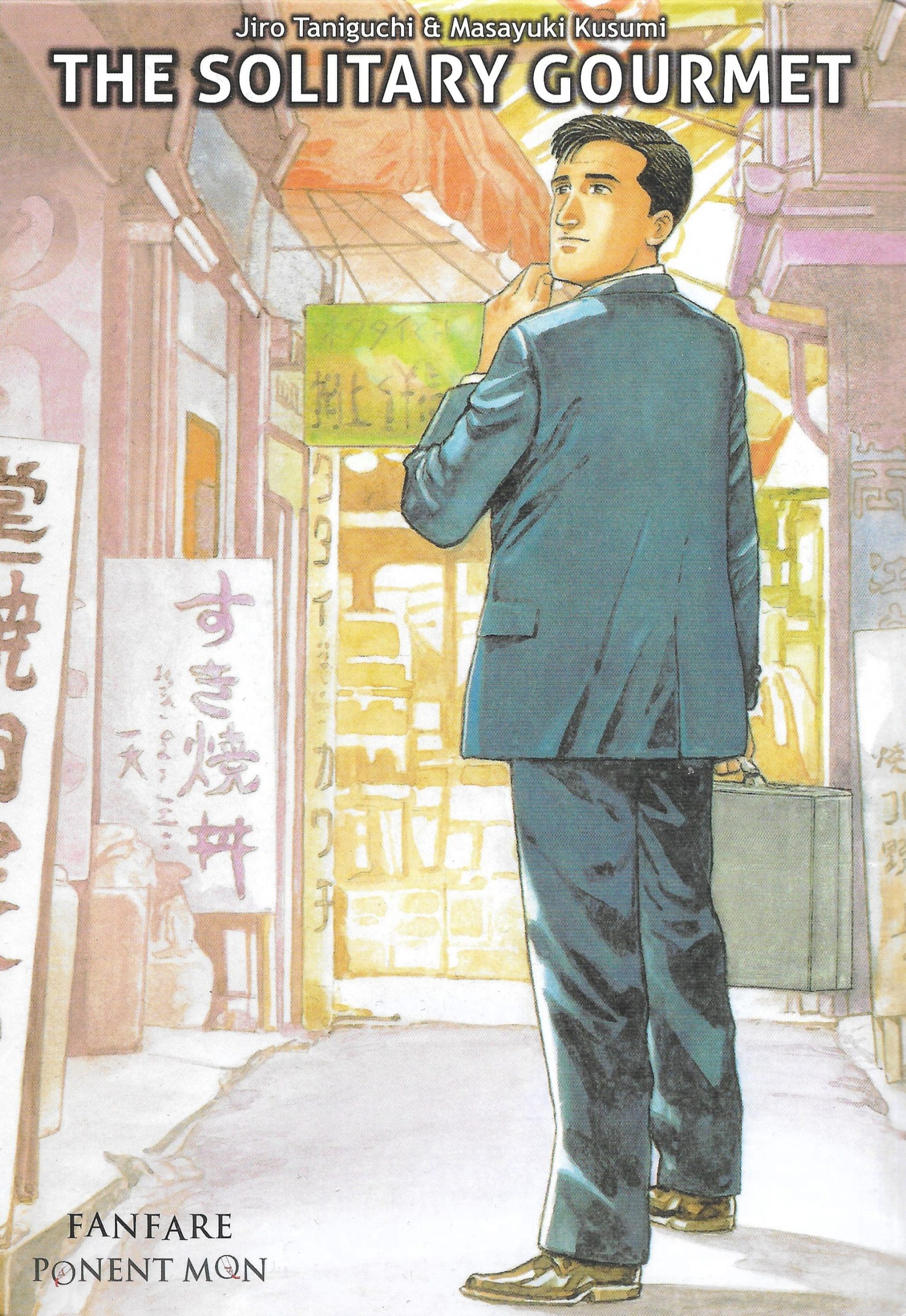
 English (US) ·
English (US) ·